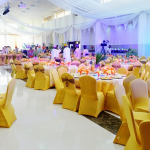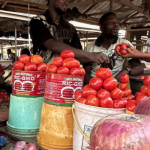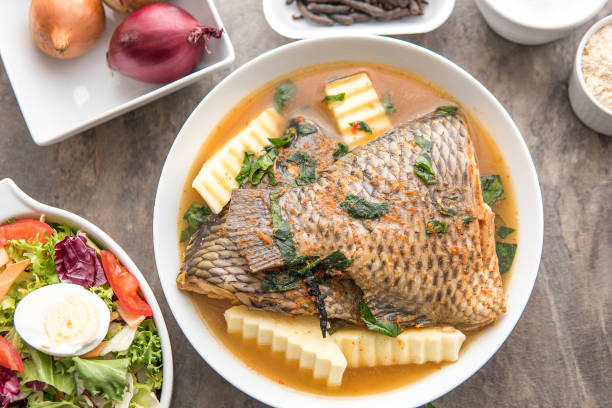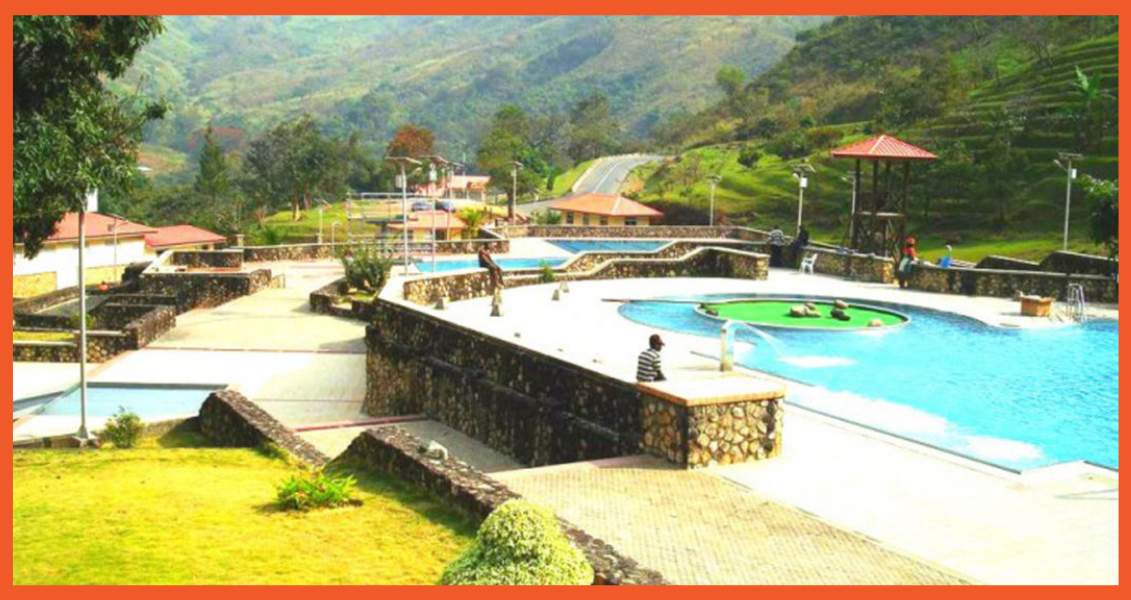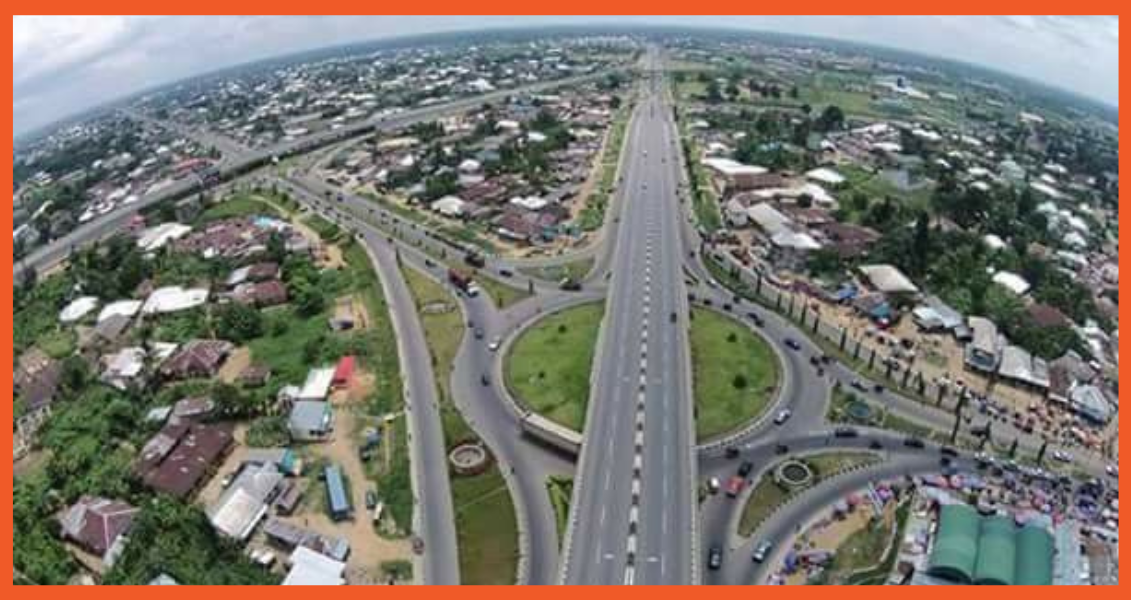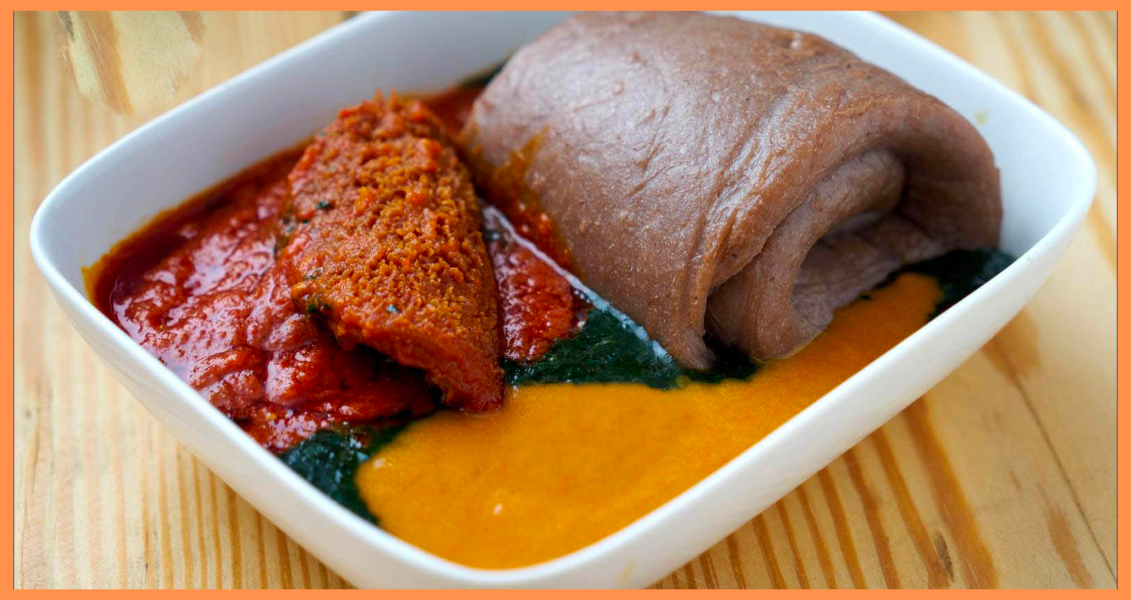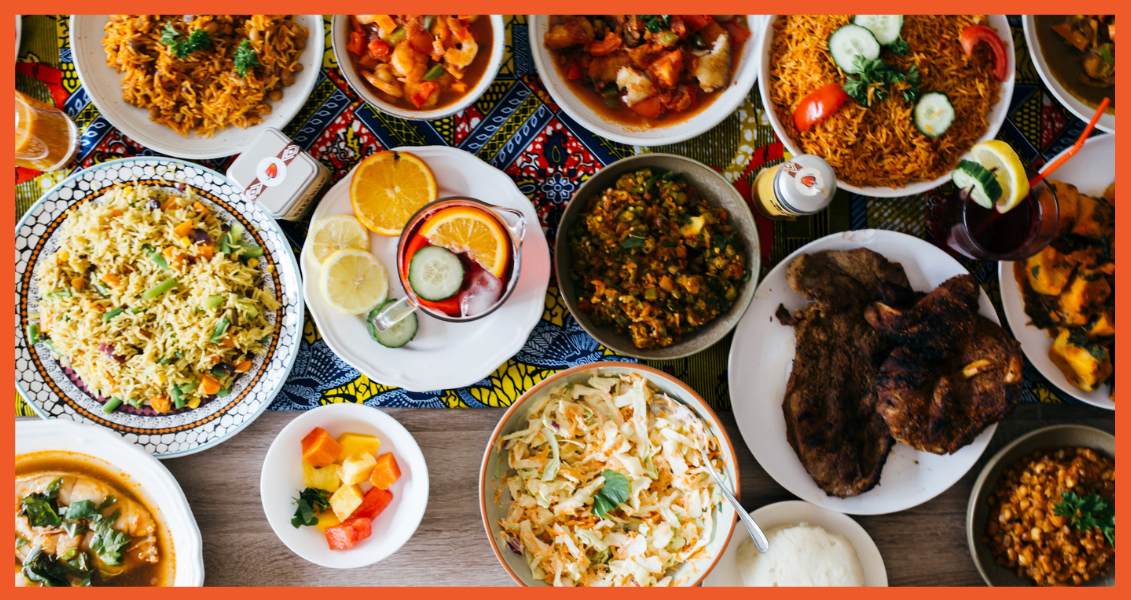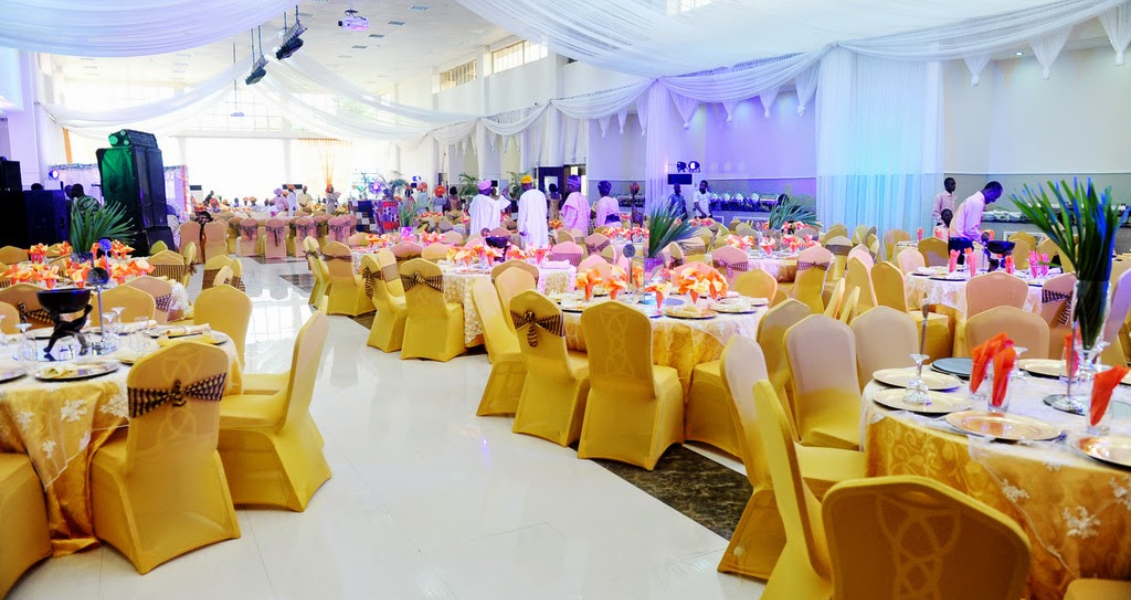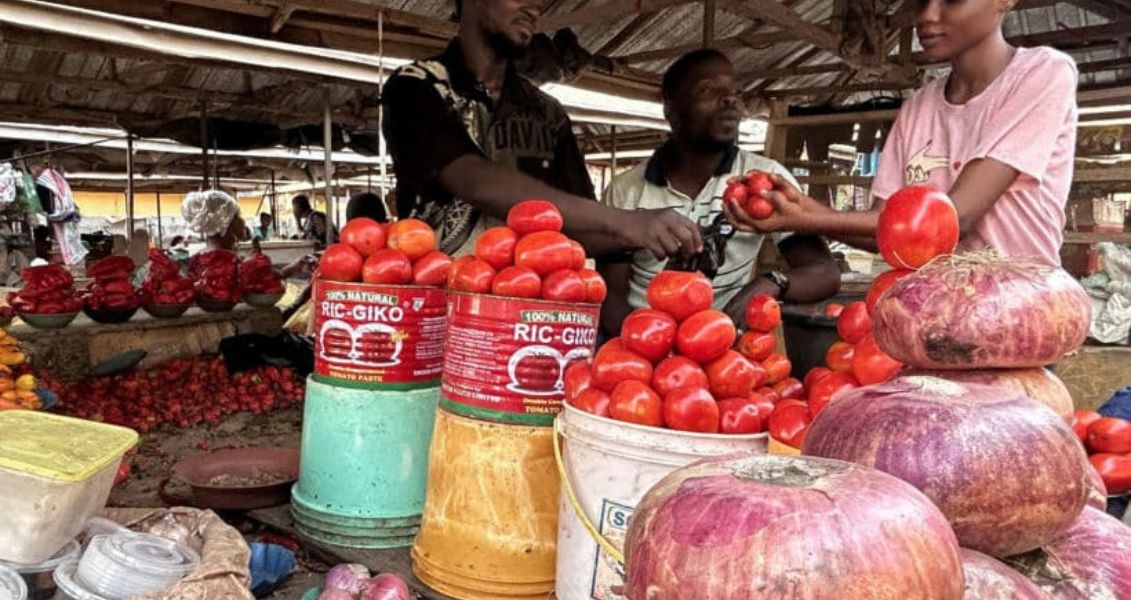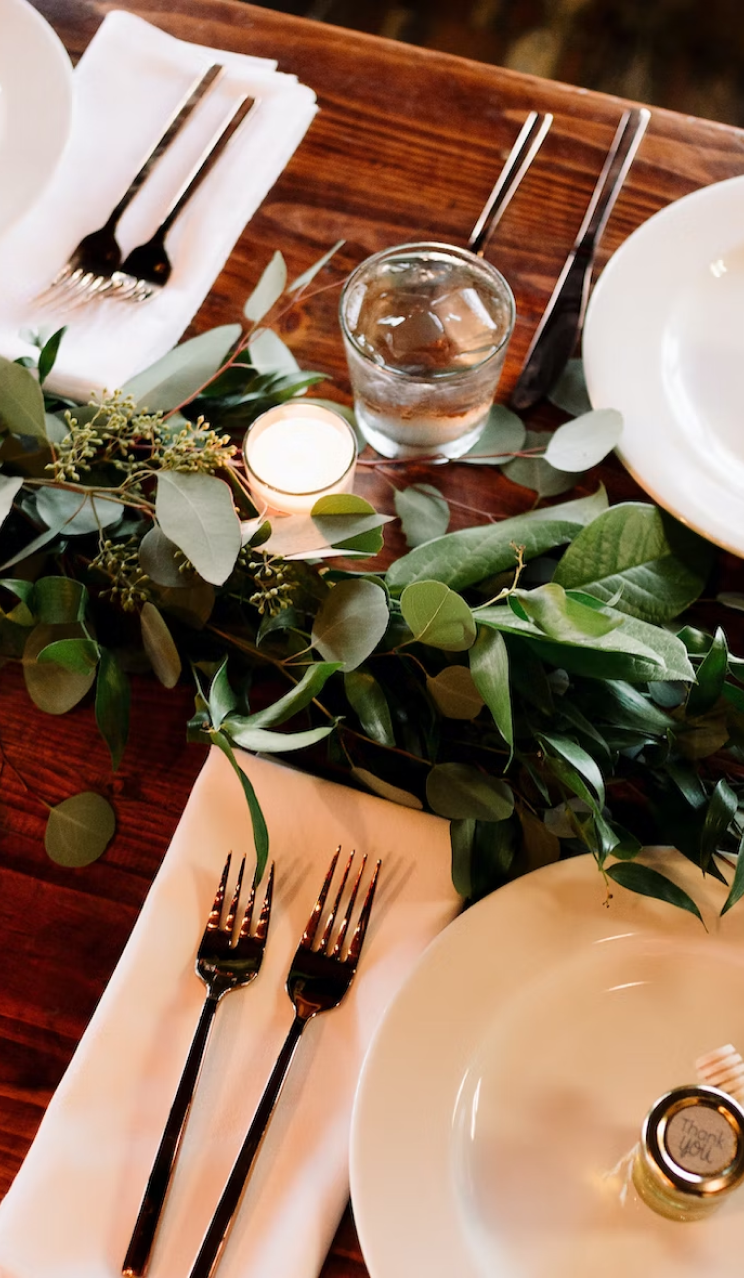Welcome to Deliciously, the newsletter for people who love to eat, drink, and travel. Every Thursday, by 3 p.m., you’ll receive the tastiest stories from Africa’s dining tables. Forward to someone!
Hey guys! Welcome to another episode of the Deliciously Newsletter, where we gist about food, drinks, travel, and other things you could do all the time but can’t do because you have work to do. That’s why it’s your favourite newsletter, isn’t it?

Anyway, guys, a couple of days ago, we went to Abeokuta, and we had one mission: to prove to everyone that Olumo Rock isn’t the only attraction in that city.
If you search Abeokuta on your explore page on IG, you’ll discover that every tourist who has visited that city has only one destination, the Olumo Rock. Rumours started brewing that the entire town of Abeokuta was 70% Olumo rock and 30% landscape. To dispel this rumour, we decided to plan this trip.

Abeokuta is a city in Ogun state that lies about 77 kilometres north of Lagos by railway. The train took us around 1 hour and 15 minutes to get to the Wole Soyinka train station, where we were picked up by our two tour guides, Sade and Idris (absolute sweethearts, by the way.) We then snaked our way through the worst road in South West Nigeria to the main town, which led to the question: is there a standing rule that all roads leading to train stations have to be terrible?
Abeokuta is a hilly, soulful town without the brisk density of Lagos. It’s like Lagos and Ibadan had a shy child who sometimes felt out of place in the chaos of his parent’s home and couldn’t wait to move out. As I said, our primary focus was finding fun places in the town that didn’t involve us climbing up 7 million stairs to the summit of Olumo rock (I weigh only just a little over 60kg. I don’t have any more weight to lose anyway).
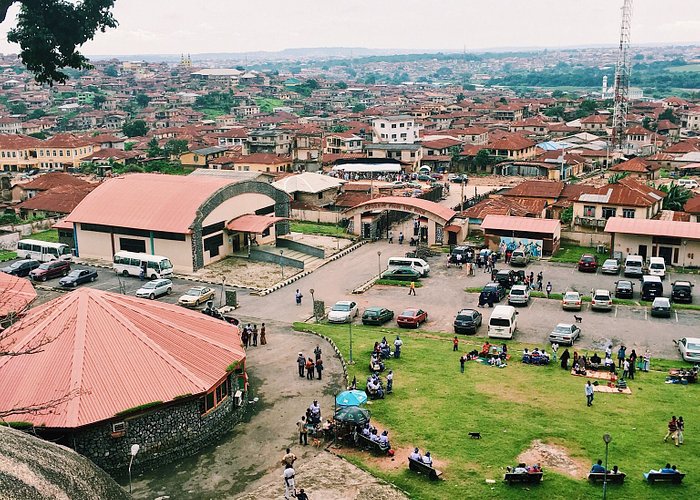
Here are the places we visited:
Olusegun Obasanjo Public Library:
Our first stop was at the Olusegun Obasanjo Public Library, a public resort whose full function might have been limited by the modesty of its name. In this resort, you could find an amusement park, a zoo, a lake, a bookstore, and a library. We paid 1500 naira for a 20-minute boat ride at the lake. The lake was about 500 metres long and was green from all the algae inside. The boat cruise is, however, enjoyable, especially being behind the wheel and stirring it in whatever direction you want. All for 20 minutes pere.
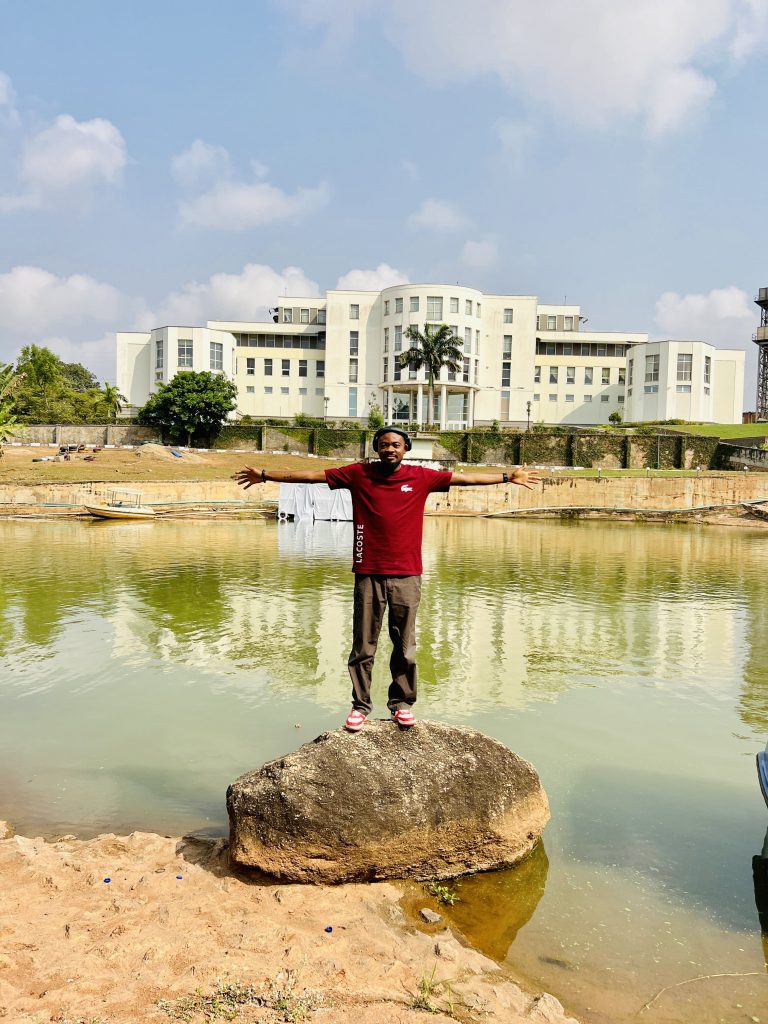
After the boat ride, we wanted to get into the library, and the entrance costs 5,000 per person. However, we learnt that we were not allowed to take pictures or make videos in the library, which kinda sucked considering that it was the very purpose of our visit there. So we headed for the zoo.
It costs 1500 per person to get into the zoo. We had no tour guide and had to wander the zoo by ourselves. While the zoo’s landscape was beautifully designed, there wasn’t much to see besides an average-sized African Rock Python, a couple of ostriches, hyenas, and some human dude casually sleeping on a bench under the shed. Stray goats too.
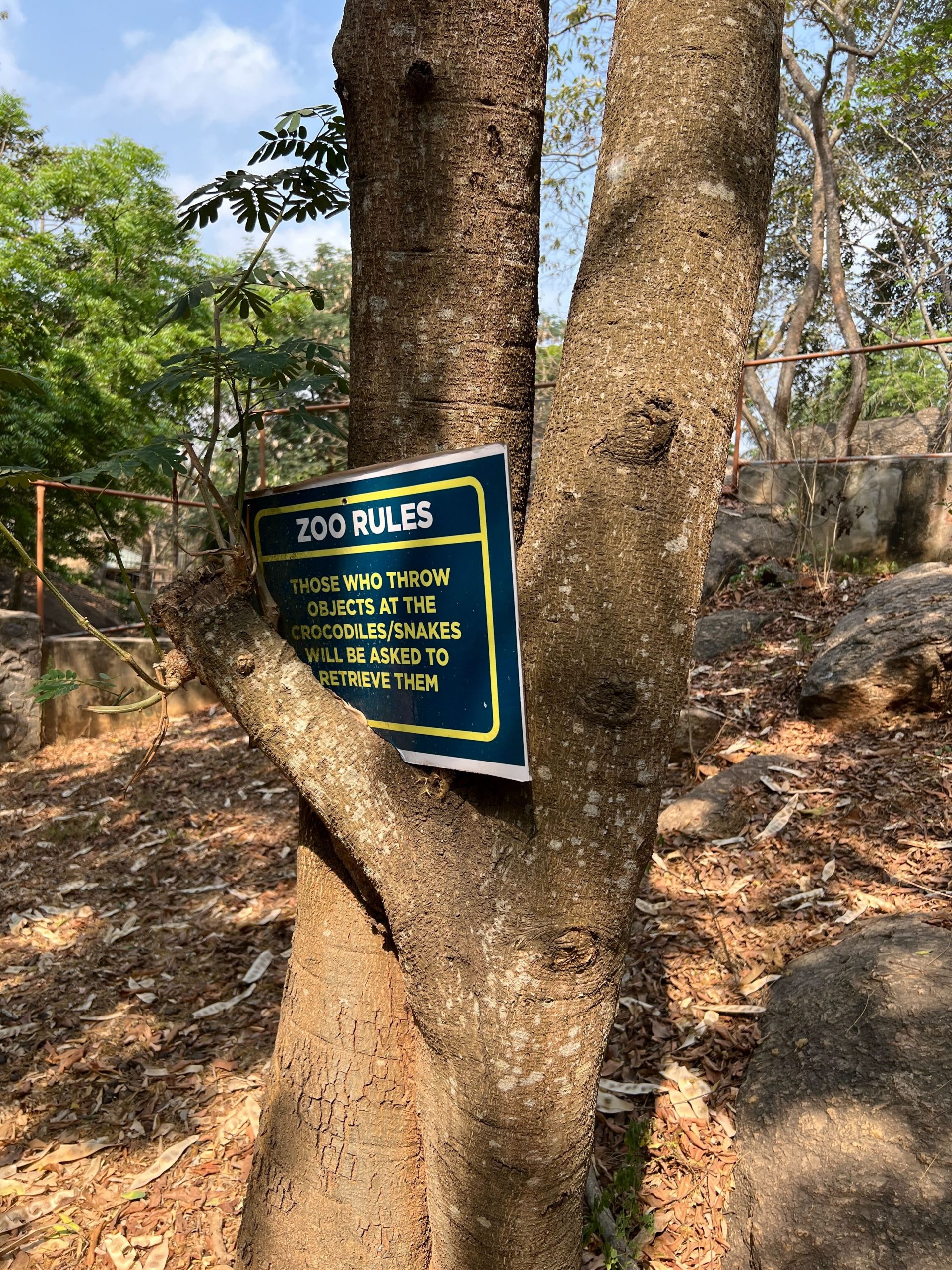
We went to the amusement park, where only the Fiery Wheel was functioning. There was nothing much to do here besides the ride from whose height we could see a decent view of the city.
Adire Market
From the OOPL, we headed to the Adire market at Itoku Road, which served as the primary production hub of the famous Abeokuta Adire brand. If Adire designs are your cup of tea, then you should totally visit here if you go to Abeokuta.
Kuti Family Museum

It’s a cute cottage where the Kuti heritage is well-documented. A quick reminder that the Kuti family—consisting of afrobeat legend Fela, his brother Beko, his kids, Femi and Seun, and his nationalist mother Funmilayo—are of Abeokuta decent, and what other way can the city pay tribute to their greatest heroes than dedicate a museum to them? The only problem with this stop was that the museum curator was nowhere to be found when we arrived. And despite all the promises that location held, we couldn’t do much as we had to leave.
Mama Ibeji Kitchen (Olofada Itoko)
Legend has it that Abeokuta has the best Ofada rice in the country, and the proprietress of Mama Ibeji Kitchen did not shy away from beating up this claim. We did have a meal there, and while we may not be confirming or refuting the Abeokuta Ofada reputation, the meal was delicious! We’ll say more about this meal in tomorrow’s On The Menu episode!
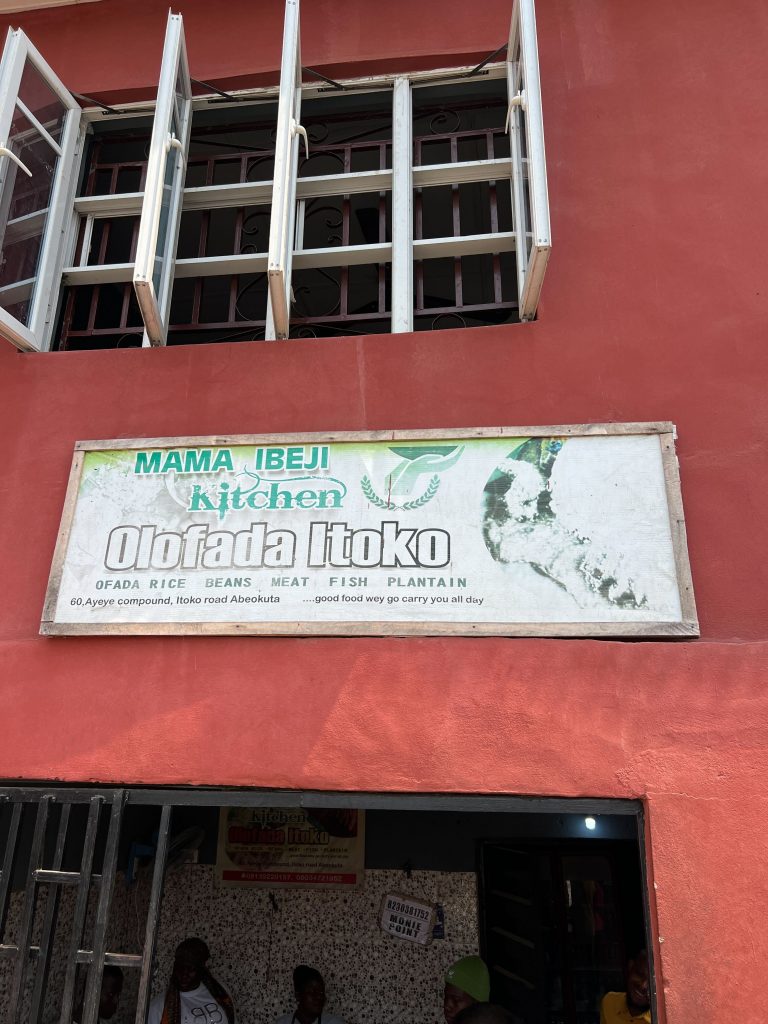
Other places we checked out:
We visited (but for a number of reasons, couldn’t explore) the Egba Stadium, the Egba Paintball Field, the Abeokuta Sports Club, the Lake Palace, and so on. We had a 4 PM train to catch, and exploring all the places mentioned wasn’t realistically possible. This lends credence to the fact that Abeokuta has so much to offer besides the Olumo Rock, which people don’t seem to get enough of. If you’re ever considering a trip to a city close to Lagos on a budget, consider Abeokuta.
In other news…
Your favourite food/restaurant review show On the Menu is returning tomorrow! What better way to start this year’s season of OTM than highlighting our Abeokuta trip? Do not miss this episode for anything.



